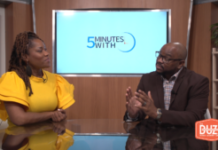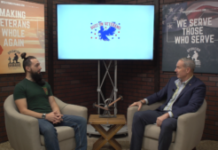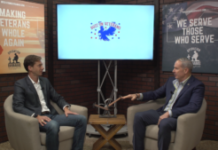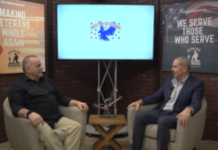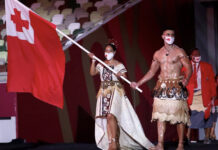Sports Medicine Moment: Common Knee Injuries – MCL/LCL Tear
Written by: Tristen Robinson
Tristen Robinson, M.S., ATC, LAT is a BUZZ Gear Up Blogger and an instructor at Andrew Jackson High School, for the sports medicine magnet program. Checkout the program’s Facebook page at Andrew Jackson High School Sports Medicine. https://www.Facebook.com/Jacksonsportsmed/
As previously mentioned, there are four main ligaments that help keep the knee stable. We discussed ACL tears (probably the most talked about knee injury). Now we discuss injuries to the medial collateral ligament (MCL) and the lateral collateral ligament (LCL). Injuries to these ligaments be it isolated or in conjunction with damage to other structures, is not as common as an ACL tear. However, damage to these ligaments can be just as significant and physically or emotionally taxing as any other injury.
The MCL and the LCL are ligaments that are located on the sides of the knee. With the LCL positioned on the lateral (outside) of the knee, and the MCL on the medial (inside toward the midline of the body) side of the knee. The LCL helps to protect the knee from varus (force from inside pushing outside) stress. Conversely, the MCL helps protect the knee from valgus (force from outside pushing inward) stress. When the valgus or varus stress is excessive, then those corresponding ligaments will be compromised. Most often these tears are caused by direct blows to the opposing sides and are isolated; but there are occasions when an LCL or MCL tear is accompanied by other knee damage such as ACL or meniscus tears.
Someone who has suffered a LCL or MCL tear may complain of pain on the side the ligament is located. Also, if manual stress is placed on the opposing side of the knee, it will illicit pain on the side of the damaged ligament. Swelling may be present as well as pain during walking or running. Accurate diagnosis is best seen from MRI results or of course knee arthroscopy (surgery consisting of inserting a camera into knee). If a LCL and MCL tear is suspected, first aid treatment should consist of P.R.I.C.E. and consultation from an appropriate healthcare professional (DPT, ATC, DO, etc.).
Treatment for LCL or MCL tears vary. Many times, a tear to the MCL can heal on its own without surgery but therapeutic rehabilitation instead. Recovery time from surgery would depend on the severity of the damage. Typically, the range can be from 2 weeks to almost 3 months. As with most injuries, appropriate care before and after the surgery greatly increases the chance for back to normal function of the knee.
For more information, please visit:
https://www.cedars-sinai.edu/Patients/Health-Conditions/Lateral-Collateral-Ligament-LCL-Tears.aspx
http://www.webmd.com/fitness-exercise/tc/medial-collateral-ligament-mcl-injury-topic-overview#1
This has been your sports medicine moment…







